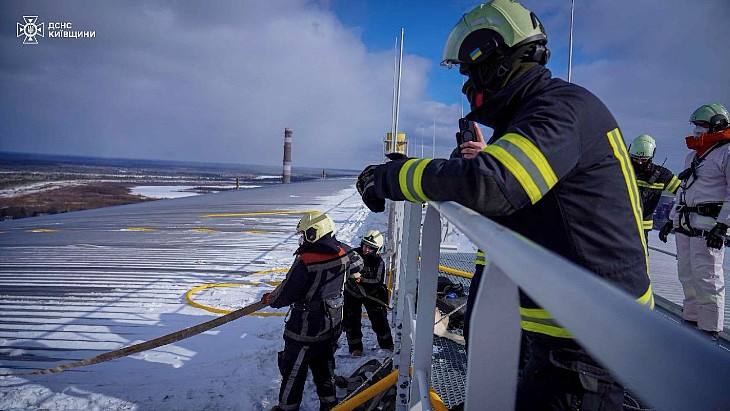IAEA develops drone technology for radiation monitoring
.jpg)
An IAEA-developed instrumentation and methodology for unmanned aerial vehicles (UAVs) equipped with radiation detectors, cameras and GPS devices has been tested and validated under real conditions in Fukushima Prefecture in Japan. Based on this experience, the agency said it is ready to assist interested IAEA Member Atates to develop and implement this technology for radiological mapping following a nuclear or radiological emergency.
The IAEA and Fukushima Prefecture first started collaborating on the development and application of UAVs for radiological monitoring in 2012. In the framework of the IAEA Action Plan on Nuclear Safety, the IAEA has assisted Fukushima Prefecture through two consecutive cooperation projects from 2012 to 2020. It has provided, both a complete UAV-based instrumentation system for radiation measurements as well as post-measurement analysis and interpretation methodology. It has also provided training of personnel, both at Fukushima Prefecture and at its Nuclear Science and Instrumentation Laboratory in Seibersdorf, Austria, on how to apply the UAV and its instrumentation system, as well as on how to use the software for obtaining and interpreting data.
The data collected using the UAV systems developed by the IAEA and validated by Fukushima Prefecture can be used to assess potential radiation risks and help establish appropriate remediation, decontamination and nuclear waste management plans and strategies in Japan, the IAEA said. A detailed IAEA technical document of the project results, including instrumentation calibration, methodology validation, in-situ dose rate measurements and mapping of the radioactive waste temporary storage sites in Fukushima Prefecture will be made public.
The low cost of drones and the fact that people avoid being exposed to radiation by using them are significant advantages of this technology, the IAEA notes. It is working on the integration and testing of new, improved instrumentation, including its adaptation to the next generation of UAVs.
"These novel developments will allow, both longer flight time of the UAV and determination of the dose equivalent rates, and gamma spectra in a single measurement," said Danas Ridikas, head of the IAEA Physics Section. "When combined with high-quality camera capabilities, the new system will allow obtaining a full 3D aerial photogrammetry model superimposed with the radiological maps and radionuclide identification."
UAV-based technologies will be crucial for advancing radiation monitoring, including enhancing the application of environmental mapping and improving long-term monitoring of contaminated areas, said Miroslav Pinak, head of the IAEA Radiation Safety and Monitoring Section.










_50521.jpg)

